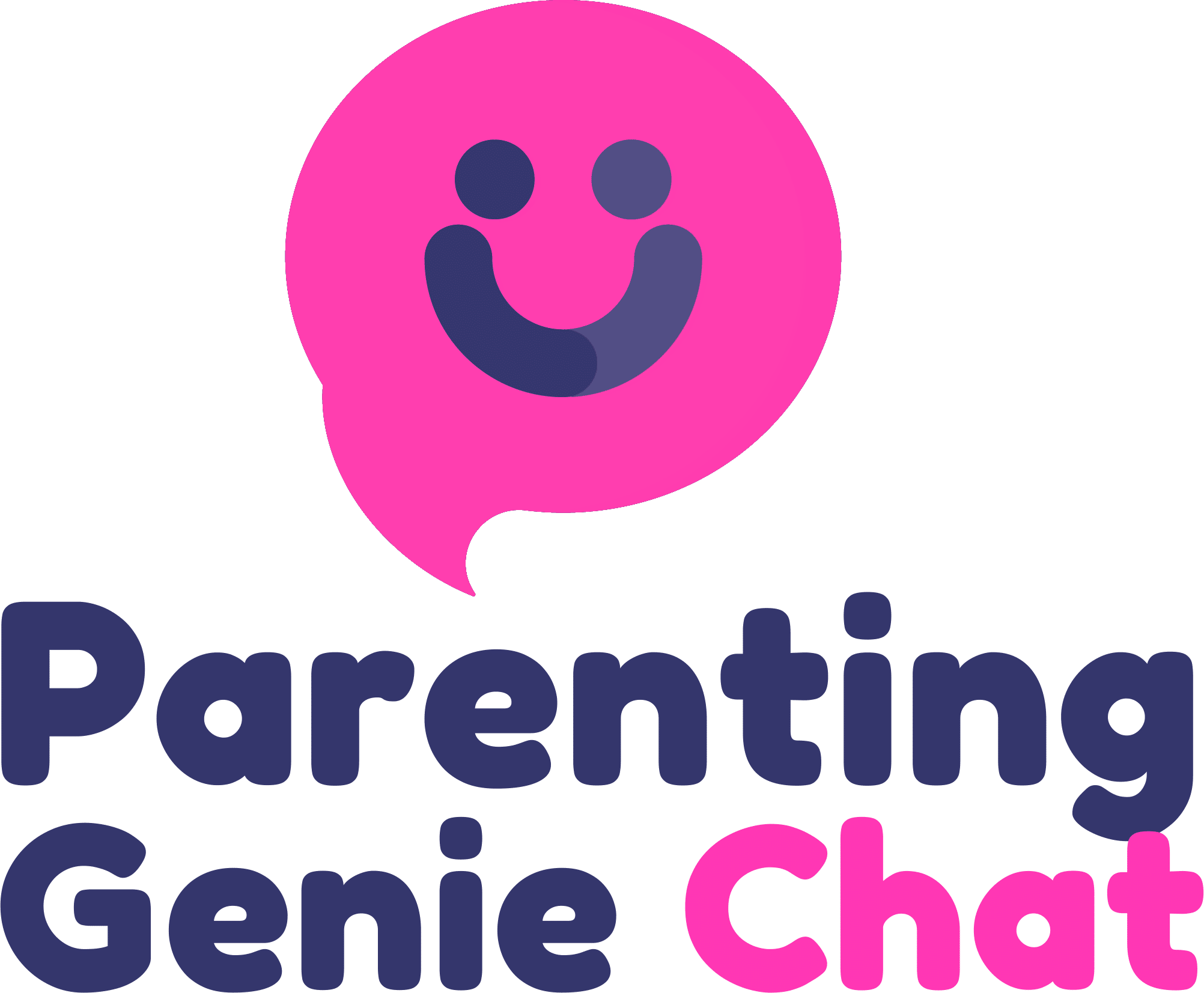
- +61 1300 704 750
- admin@parentinggenie.com.au
- PO Box 706, Townsville, QLD 4810

Genie Chat
Introduction
As parents, one of our most significant responsibilities is ensuring the safety and well-being of our children. While implementing safety measures is crucial, fostering open communication about safety is equally important. By creating an environment where your children feel comfortable discussing their concerns and asking questions, you empower them to make informed decisions and seek help when needed. In this guide, we’ll explore how to nurture open communication about safety with your children, helping them navigate the world confidently.
1: Listen and Validate

Begin by actively listening to your child’s thoughts and feelings. When they share their safety-related concerns, validate their emotions and let them know that their feelings are important.
2: Ask Open-Ended Questions
Engage your child in conversations by asking open-ended questions. Instead of asking yes-or-no questions, inquire about their experiences, thoughts, and any safety concerns they may have.
3: Create a Judgment-Free Zone
Ensure that your child knows they can talk to you without fear of judgment. Be patient and non-reactive, allowing them to express themselves freely.
4: Use Age-Appropriate Language

Tailor your conversations to your child’s age and understanding. Use language that is appropriate for their developmental stage to ensure they grasp the concepts being discussed.
5: Share Personal Stories
Share age-appropriate stories from your own life that relate to safety. This helps your child see that you also face challenges and make safe choices.
6: Empower Critical Thinking
Encourage your child to think critically about safety scenarios. Ask them how they would handle situations and discuss potential outcomes together.
7: Role Play Scenarios

Role-playing safety scenarios allows your child to practice making decisions in a safe environment. This empowers them to respond confidently in real-life situations.
8: Celebrate Safe Choices
Acknowledge and celebrate when your child makes safe choices. This positive reinforcement encourages them to continue prioritizing safety.
9: Provide Information

Educate your child about safety topics such as stranger danger, crossing the street, fire safety, and online safety. Use resources like books, videos, and age-appropriate websites.
10: Establish Boundaries
Set clear boundaries and safety rules. Let your child know that these rules are in place to keep them safe and that following them is non-negotiable.
11: Stay Approachable
Always be approachable and available for your child’s questions or concerns about safety. Make sure they know they can come to you without hesitation.
12: Practice What You Preach
Model the behaviors and safety practices you want your child to adopt. Children often learn by observing their parents.
Conclusion
Fostering open communication about safety is an ongoing process that strengthens the parent-child bond and empowers your children to navigate the world with confidence. By creating an environment where they can openly share their thoughts, fears, and questions, you equip them with the tools to make informed decisions and prioritize their safety. With your guidance, they will learn to trust their instincts and develop the skills needed to stay safe in various situations.
Subscribe to Virtual Parenting Hub for more tips, guidance, and resources on fostering open communication and nurturing your child’s safety awareness. Join our community of parents dedicated to creating a safe and supportive environment for their children. Together, we can empower our kids to make smart choices and thrive.
Also Read: Guardians of Safety: Empowering Kids with Personal Safety Skills